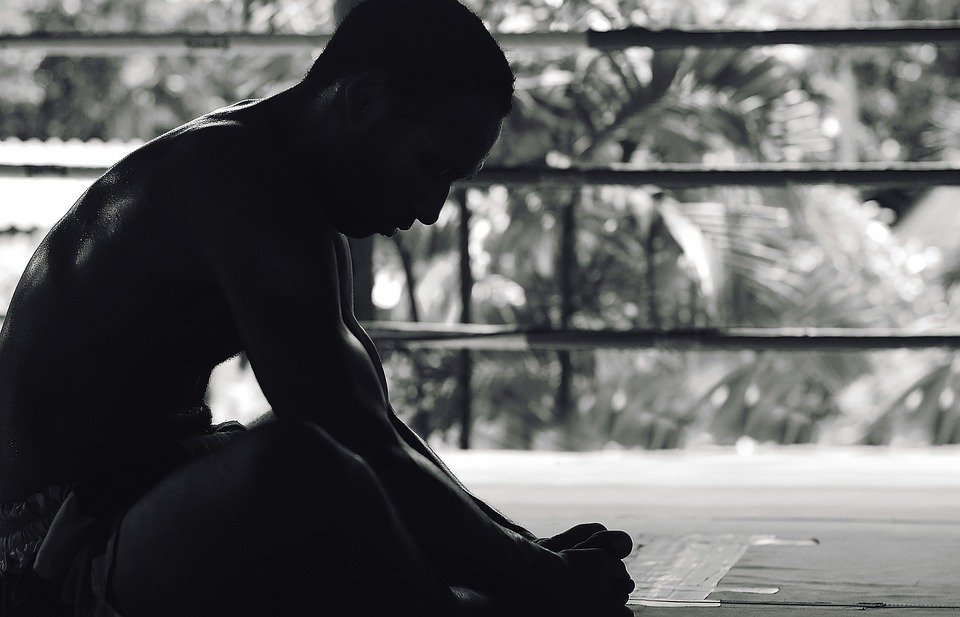Building Bridges: Exploring Successful Athlete and Brand Partnerships
In today’s commercial landscape, the intersection of sports and marketing presents a vibrant tapestry of opportunities for athletes and brands alike. The concept of athlete-brand partnerships has evolved from simple endorsements into dynamic collaborations that deeply resonate with consumers. These partnerships are built on shared values, authentic storytelling, and, importantly, the ability to bridge gaps between products and their audiences.
The Rise of the Athlete as a Brand
Historically, athletes have always been influencers, but the rise of social media has transformed them into full-fledged brands. Icons like LeBron James, Serena Williams, and Cristiano Ronaldo have not only excelled in their respective sports but have also established personal brands that resonate across multiple platforms. This trend has enabled companies to leverage these athletes’ influence for more than simple sponsorships; they create narratives that reflect the athletes’ values and lifestyles.
Authenticity: The Key to Successful Partnerships
One of the critical elements in successful athlete-brand partnerships is authenticity. Consumers today are more discerning than ever, often seeking out brands that align with their values. An athlete who genuinely believes in a product—whether it’s skincare, sportswear, or nutrition—tends to create a more compelling narrative for potential buyers.
Take the partnership between tennis superstar Serena Williams and Wilson Sporting Goods. Williams has been using Wilson rackets throughout her career, and when she became an official ambassador, it was a natural progression that resonated with fans. The authenticity of her endorsement is palpable; she is not merely promoting a product but sharing her journey and success, which is intertwined with the brand. This creates a compelling narrative that enhances consumer trust and loyalty.
The Power of Storytelling
Successful partnerships often revolve around storytelling. When athletes collaborate with brands, they have the unique opportunity to share their personal stories and experiences, making the brand more relatable to consumers. For instance, Dwayne "The Rock" Johnson’s endorsement of his own brand, Teremana Tequila, illustrates this beautifully. Johnson leveraged his larger-than-life persona and personal narrative to craft a brand that feels not only aspirational but also attainable for fans.
Nike’s collaborations with various athletes, such as Colin Kaepernick, exemplify how storytelling can be a catalyst for social change. Kaepernick’s narrative of activism and social justice, combined with Nike’s “Just Do It” campaign, sent a powerful message that transcended sports and resonated with many consumers. This partnership didn’t just sell sneakers; it positioned Nike as a brand willing to take a stand on critical social issues, thus forging a deeper connection with its audience.
The Evolution of Brand Partnerships in Digital Spaces
The digital age has also transformed how athlete-brand partnerships are structured. Social media allows brands to engage with consumers instantaneously, providing feedback on campaigns and forging real-time connections. Brands are increasingly using platforms like Instagram, TikTok, and YouTube to create engaging content that features athletes in everyday scenarios, making them relatable.
For example, the partnership between NBA player Chris Paul and the premium soft drink brand, Sprite, saw the launch of various digital campaigns where Paul engaged with fans through challenges and interactive posts. By breaking the fourth wall and becoming part of the audience’s everyday digital experience, Chris Paul and Sprite’s collaboration achieved a level of engagement that traditional advertising could not.
Social Responsibility and Brand Activism
As athletes become more vocal about social issues, brands are increasingly aligning themselves with causes that reflect their values. Partnerships that promote social responsibility resonate well with consumers, particularly younger audiences who prioritize ethics in their purchasing decisions. For example, Patagonia has famously combined its brand identity with activism, leading to partnerships with athletes who are environmental advocates, such as climber Tommy Caldwell, amplifying their message while simultaneously enhancing brand loyalty.
Conclusion: The Future of Athlete and Brand Collaborations
As we move forward, the landscape of athlete-brand partnerships will continue to evolve, driven by authenticity, storytelling, digital engagement, and social responsibility. Successful collaborations will be those that seek to build bridges between athletes’ unique narratives and brands’ core messages, creating a tapestry rich with meaning and relevance.
The key takeaway is clear: in a world where consumers increasingly seek authenticity and connection, the most successful athlete-brand partnerships will be those that foster genuine relationships built on shared values and common goals. This powerful synergy can create a lasting impact, not only for the brands and athletes involved but for the consumers who connect with their stories.






